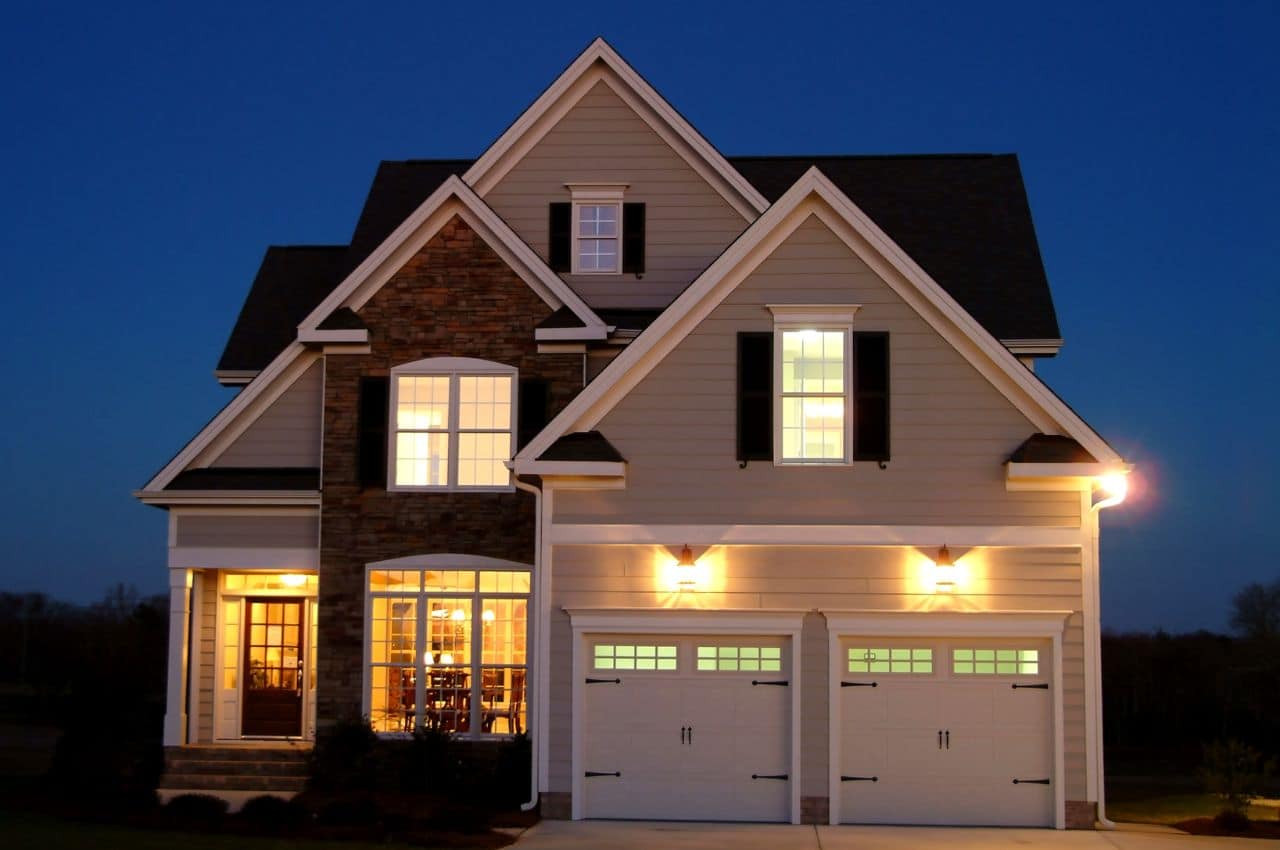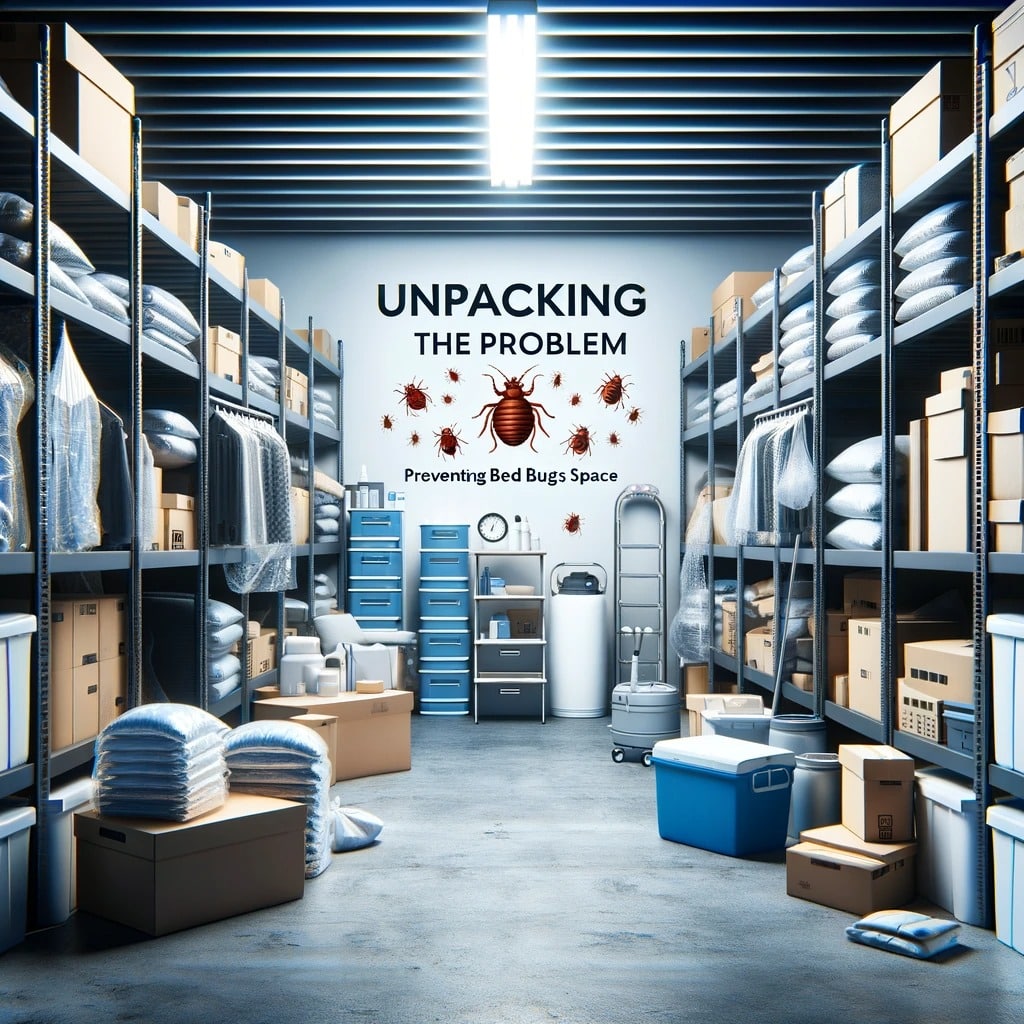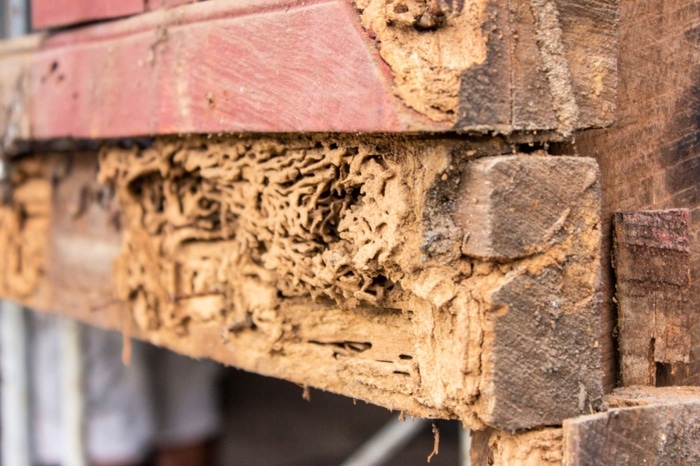Property maintenance programs can be tricky. Many start with good intentions but end up falling apart because they are too complicated, too reactive, or simply not followed consistently. A good program should make life easier for property managers and residents, not harder. If you want a system that works long-term, it needs to be practical, clear, and designed for the way your apartments actually operate.
Start with a Clear Schedule That People Will Follow
One of the biggest mistakes is making maintenance schedules that look perfect on paper but don’t match real life. For example, planning monthly inspections that never actually happen just leads to frustration. Instead, look at what’s realistic. Maybe quarterly inspections are more manageable, paired with a checklist that can be done quickly but still catches the important issues. The key is consistency—if the schedule feels doable, it’s more likely to be followed.
Another thing to keep in mind is seasonality. Apartments face different challenges in summer versus winter. AC units need attention before the heat arrives, just as heaters should be checked before cold weather sets in. Lawn care, snow removal, and pest control all have seasonal peaks too. A smart maintenance program doesn’t treat every month the same but adapts to what matters most at the time.
Create a System Residents Actually Use
Even the best property maintenance plan can’t work if residents don’t know how to report issues or if the process feels like a hassle. A simple, centralized system for work requests can make all the difference. Whether it’s an app, an online portal, or a phone line with quick response times, residents should feel confident that when they report something, it gets attention.
Response time is where trust is built or broken. If a small leak goes weeks without repair, residents stop reporting problems, and the damage only grows. On the other hand, quick action shows that maintenance requests are taken seriously, which encourages residents to report issues early—before they become emergencies.
Balance Preventive and Reactive Work
A strong maintenance program is not just about fixing problems as they come up. It’s also about stopping them before they happen. Preventive maintenance should always be part of the plan. This could mean regular HVAC filter changes, roof inspections, or checking smoke detectors. Small steps like these can save thousands of dollars later.
That said, no program can ever be purely preventive. Things will break, and emergencies will happen. The key is finding the right balance. If too much time is spent chasing emergencies, the preventive work gets pushed aside, which only creates more emergencies down the road. On the flip side, focusing only on scheduled tasks without room for the unexpected makes the program feel rigid and unhelpful. The most effective systems leave space for both.
Make Vendors Part of the Program
Many property managers try to handle everything in-house but quickly realize that’s not realistic. Reliable vendors—plumbers, electricians, landscapers, and pest control providers—should be part of the maintenance program from the start. Don’t just call them when something goes wrong. Build relationships, set expectations, and make sure they understand the standards you want to maintain across the apartments.
For example, with pest control, waiting until residents complain about infestations is too late. Programs like Pest Share allow property managers to offer residents on-demand pest control while also keeping track of recurring issues that might signal a larger maintenance need. Having a trusted vendor partner in place means you’re not scrambling for help when the situation is already out of control.
Track the Data and Adjust as Needed
No program stays effective forever without adjustments. Tracking maintenance requests, completion times, and recurring issues is the best way to see where improvements are needed. If you notice the same problem happening again and again—like frequent AC breakdowns in one building—it may be a sign that replacement is smarter than repair.
Data also helps with budgeting. Property maintenance can feel unpredictable, but if you have a clear picture of where money is being spent, it’s easier to plan ahead. Over time, this makes the program more cost-efficient and prevents surprises that can throw off your operations.
Make Communication a Priority
A successful maintenance program depends just as much on communication as it does on tools or schedules. Residents want updates when they submit a request. Property staff need clarity about their responsibilities. Vendors need to know timelines and expectations. If everyone is left guessing, things fall apart quickly.
Clear communication doesn’t have to be complicated. Automatic updates through your work order system, email reminders for preventive maintenance, and simple notices for residents about upcoming work all go a long way. Transparency keeps frustration down and builds trust that the maintenance program is working the way it should.
Train and Support Your Staff
Even the best program can fail if the people running it don’t feel supported. Training maintenance staff to handle routine inspections, recognize early warning signs, and document work properly makes the whole system stronger. It’s also important to give staff the right tools—whether that’s software for tracking tasks or access to trusted vendors they can call when needed.
Consistency is the goal here. If one staff member does inspections thoroughly but another skips steps, the program becomes unreliable. Ongoing training, clear expectations, and regular check-ins help keep everyone on the same page.
Keep It Simple to Keep It Working
Complicated systems may look impressive but rarely survive in practice. The real measure of a property maintenance program is whether it’s easy to follow day after day. A simple, repeatable process is better than a complex plan that nobody sticks with.
At the end of the day, maintenance is about protecting the property, keeping residents comfortable, and avoiding costly surprises. When the program is built around realistic schedules, preventive care, reliable vendors, good communication, and simple reporting, it not only works but continues working over time. That’s what separates a plan that fades away from one that truly lasts.





